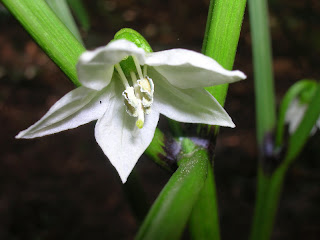Todos los años, en primavera y verano, llegan a Recregarden nuevas plantas, la mayoría plántulas o esquejes. Algunas incluso florecen en su primera temporada. Otras no sobreviven a su primer invierno.
Estas son algunas de las plantas que subiré al blog la próxima temporada, una vez que compruebe su resistencia o no a las bajas temperaturas.
Every year, in spring and summer, new plants arrive to Recregarden, most of them are seedlings or cuttings. Some of them flowers in their first season. Others don´t survive their first winter.
These are some of the plants I will add next season, after testing their cold hardiness.
APOROCACTUS FLAGELLIFORMIS
CESTRUM X CULTUM
CROSSANDRA INFUNDIBULIFORMIS
JUSTICIA AUREA
PASSIFLORA MURUCUJA
SYNADENIUM GRANTII







































